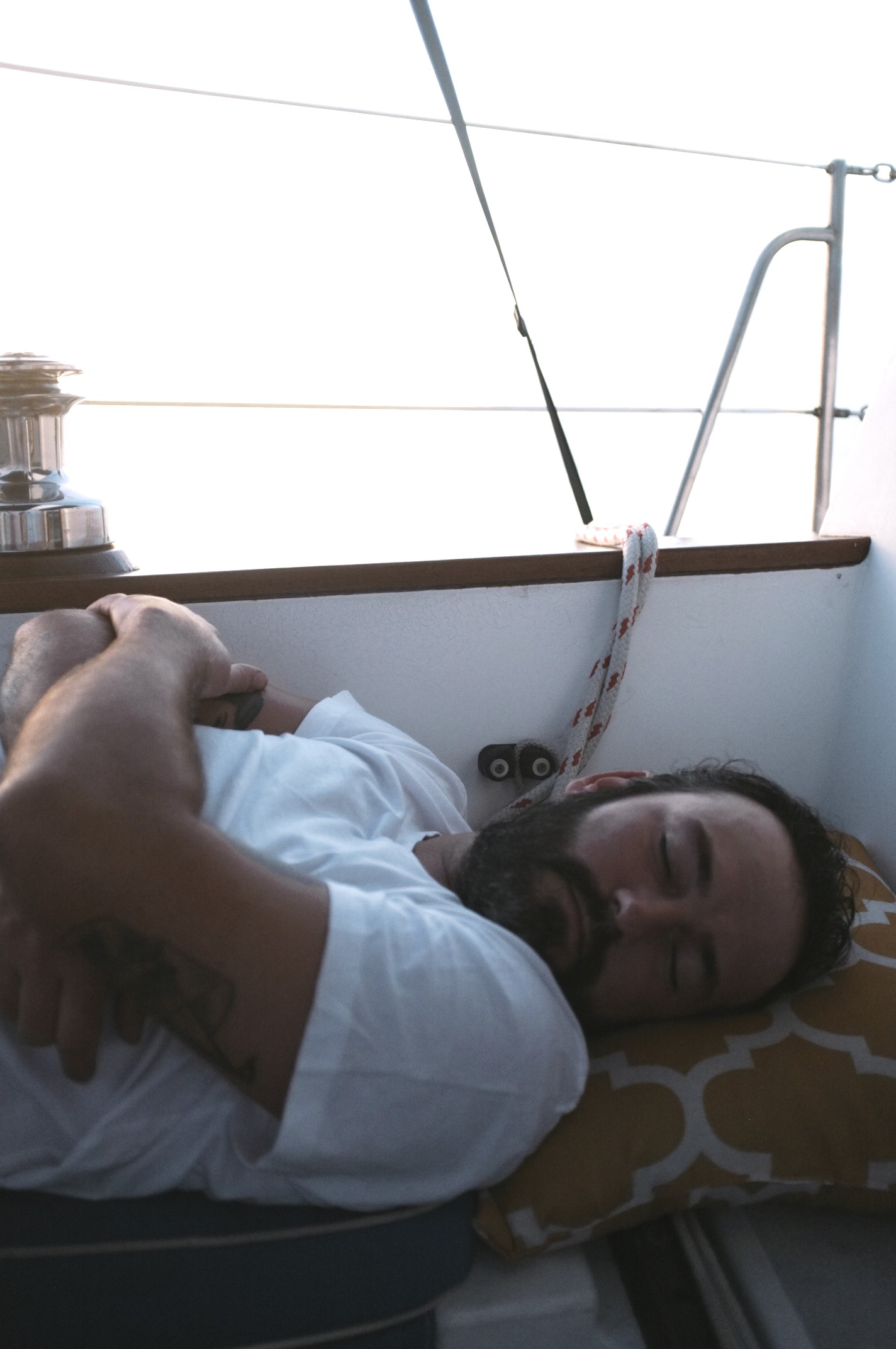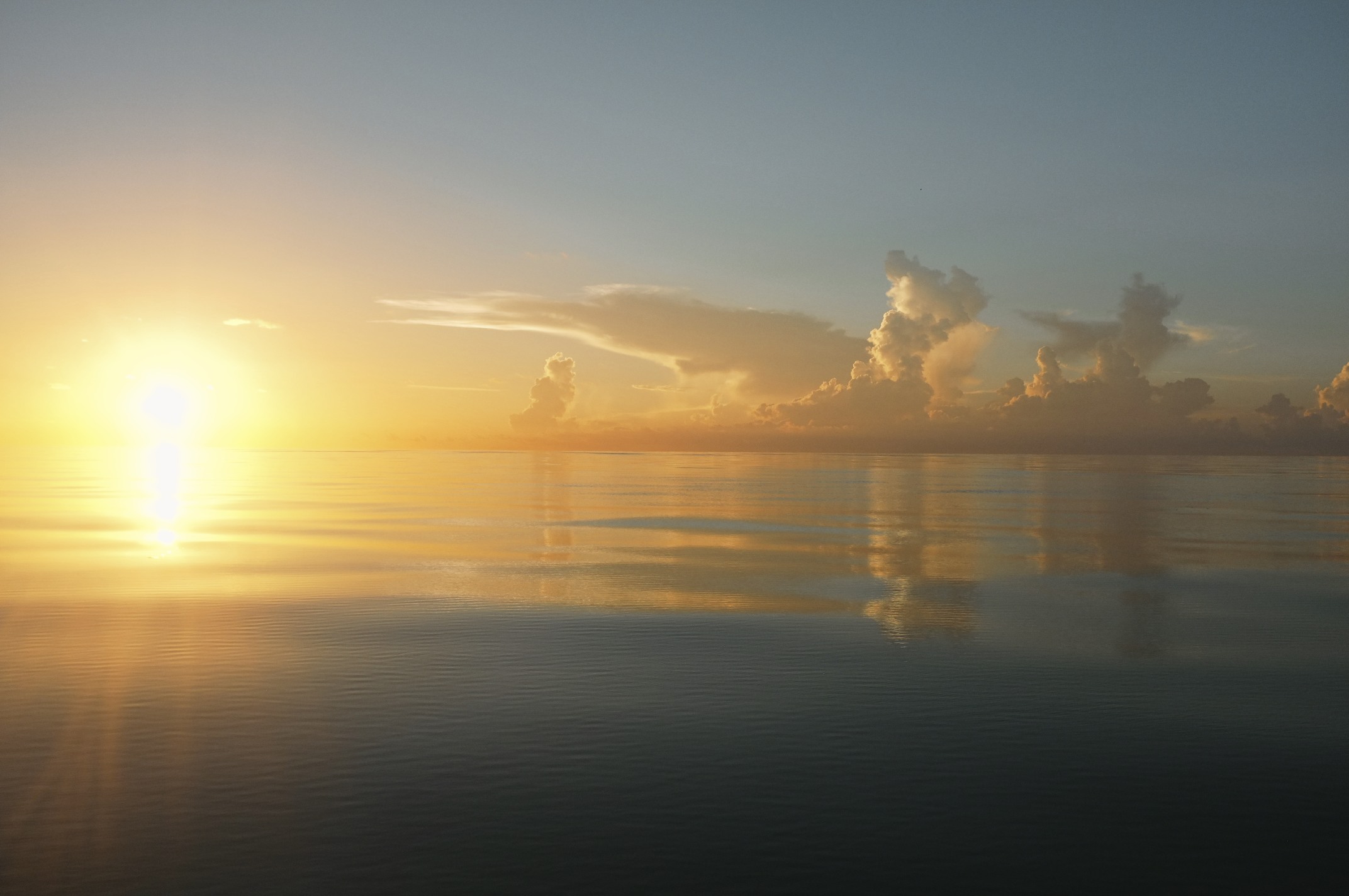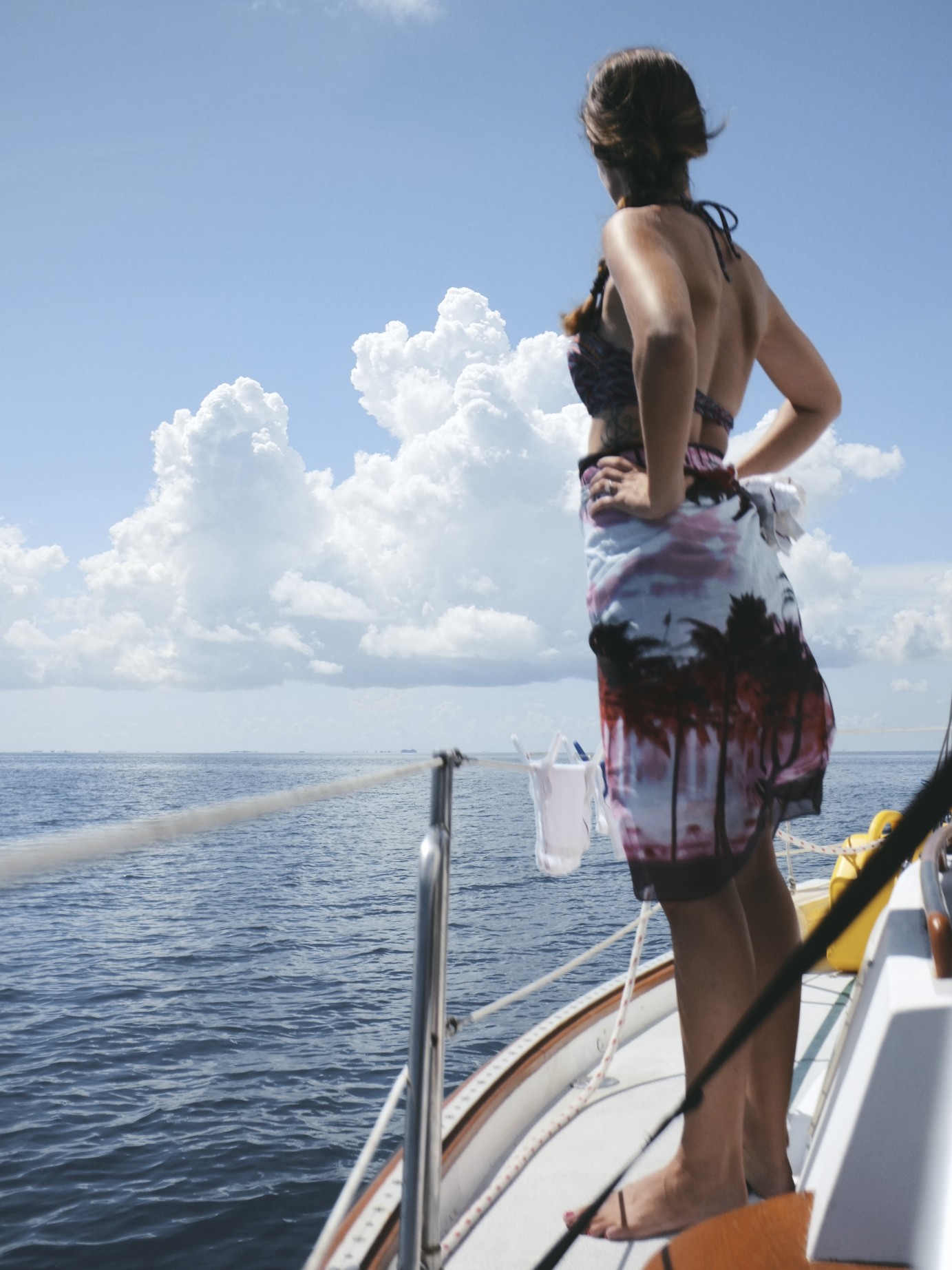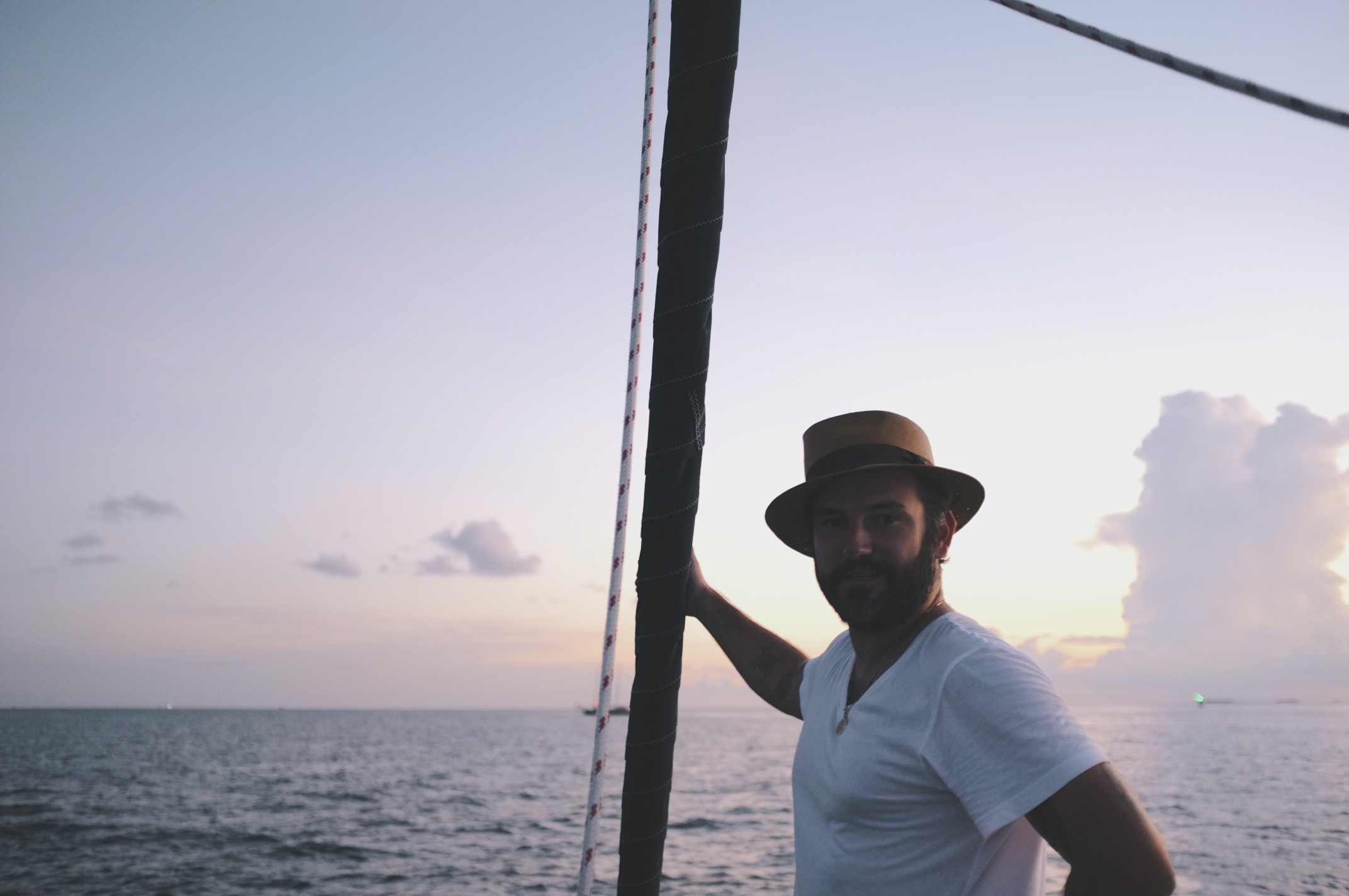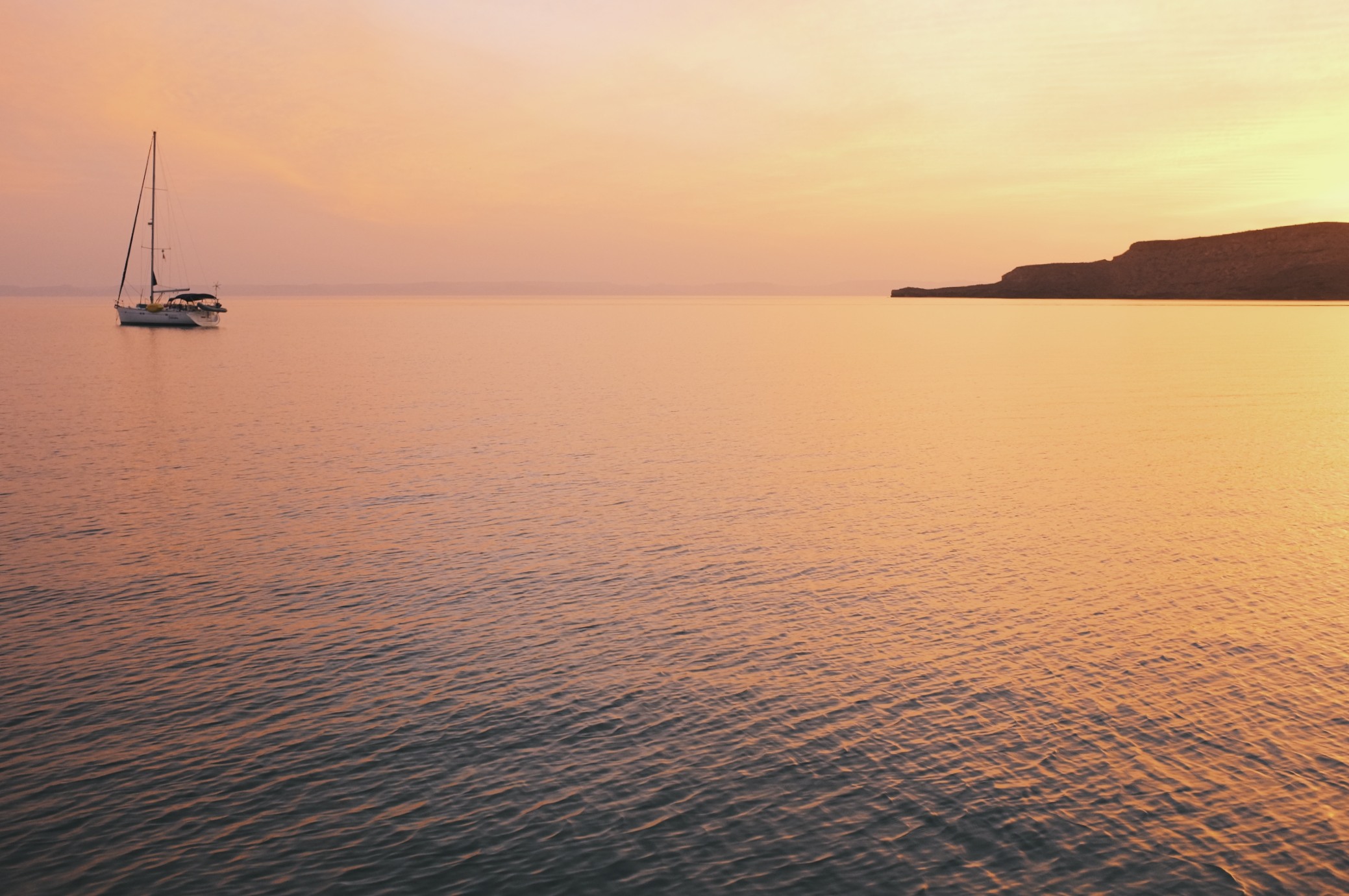



Last month we bought a boat. A wonderful Morgan 321, designed by Ted Brewer. It was a bit longer of a process than how simple and declarative that sentence is, but that was the result. We bought a boat. It was a well thought out period of research, hard work, saving and more of the above, repeated.
There will be some posts coming up where we outline some specifics for those of you who are considering the same, or have even done so yourselves. We have detailed documents and spreadsheets that will be worth sharing about the costs and time it takes to complete a project like this, because buying a boat is a serious project as much as it may simply be seen as some kind of dream realized.
Our boat, Edward Blair, came almost completely bare bones. We had the functioning parts you want to see in a purchase like the obvious, sails, lines, a successful sea trial and survey, autopilot, depth sounder, compass and all the top list checkpoints. What it didn’t have was anything else. No safety gear, no kitchenware, tools, cleaning supplies, a few dock lines, two old fenders, nothing, forget even mentioning provisioning for food and survival offshore. Empty everywhere. What it was without wasn't a problem. The boat was perfect and in mostly turnkey condition.
A big question in cruiser forums from those looking to buy their first sailboat is, “How much does it cost to get a boat ready for cruising and living aboard?” We have a good answer for a relatively common size range, because we just did it from the ground up. So from what we have, you’d be able to subtract what your potential new boat may have, and what you’d have to buy. We have links to the products we bought, reviews, pictures and more.
Life is just a bit busy now getting back to reality after two months of hotels and travel to get Edward Blair into offshore condition. When moments become available, so will posts with details.
We took E.B. from Apollo Beach in Florida down to Palmetto where we lived for a month doing some relatively extensive engine work, outfitting and preparations. After our time in Palmetto was complete and it was time to get going, we sailed south over 620 nautical miles along Florida in the Gulf of Mexico through to Key West to refuel and restock, out to Dry Tortugas and south to Cuba’s coast where we headed west across the Yucatan Channel into Isla Mujeres, Mexico.
We’ve been in Isla Mujeres for over a week now, and plan to head north to Isla Contoy before turning back south to Puerto Aventuras where the boat will live as a more permanent fixture, exploring the Mayan Riviera of Mexico before another big adventure next year.
Crossing offshore waters in a 32’ boat might not be so bad if the conditions are right, but crossing them in this Morgan was especially comfortable given its design and ability to work both as a coastal cruiser and relatively sound offshore ship. While it may not be your best bet for a major ocean crossing, a week at sea was nothing but proof of Ted Brewer’s sound design in cutting 10’ swells through the Yucatan Channel and challenges of getting knocked sideways across the Gulf Stream. We did mostly have smooth sailing, but we saw some worthy challenges.
So, last month we bought a boat, and the fear inducing saying, “The two best days in a sailor’s life are the day (s)he buys a boat and the day (s)he sells it,” couldn’t be further from the truth. Each day seems to get better as does our understanding of the scope of work involved and the desire to keep improving the boat and our own skill set, which already feels like the strong beginning of a lifelong commitment to something as special as sailing wherever you can point your bow.





